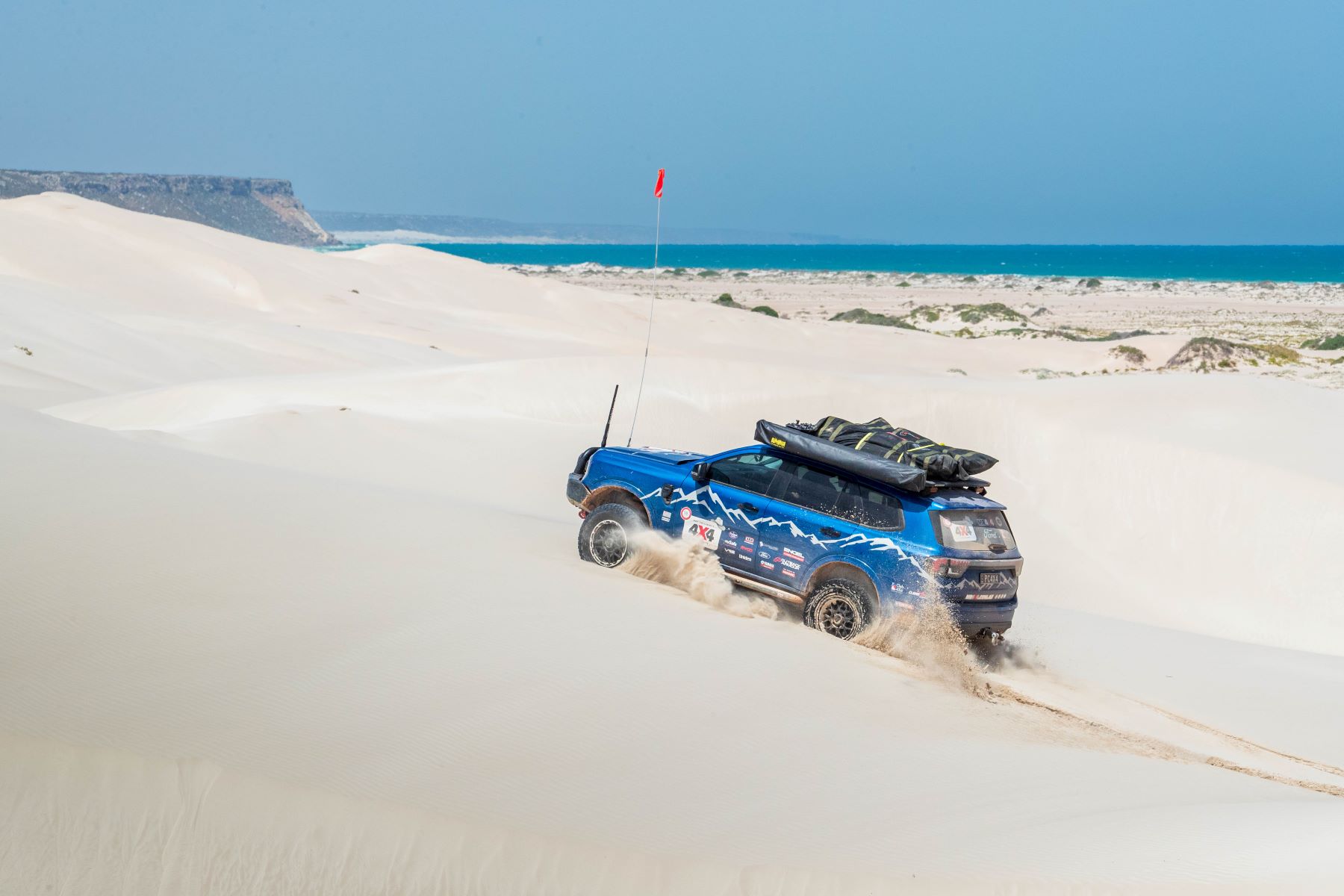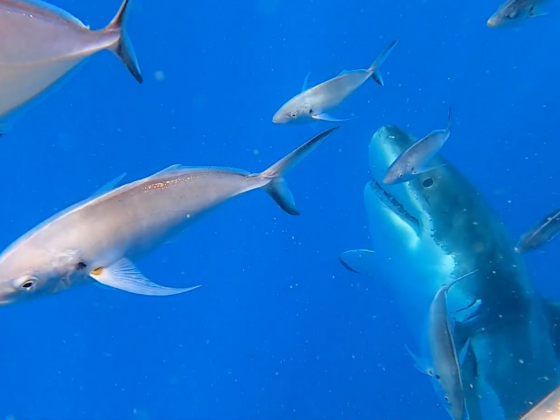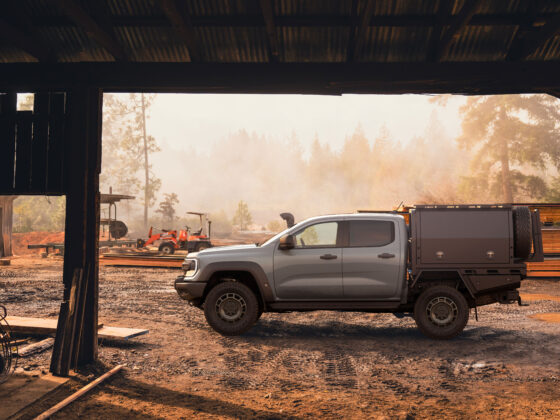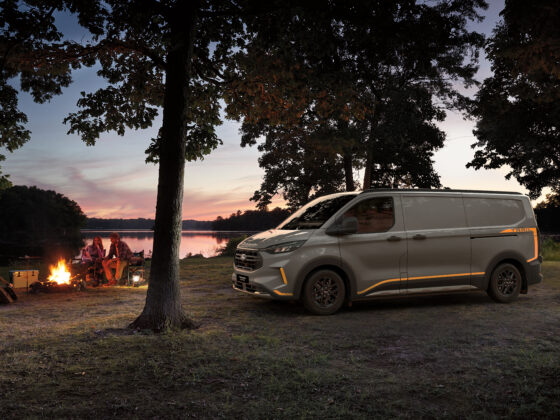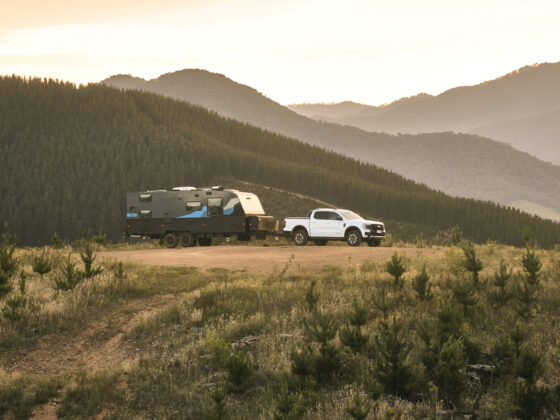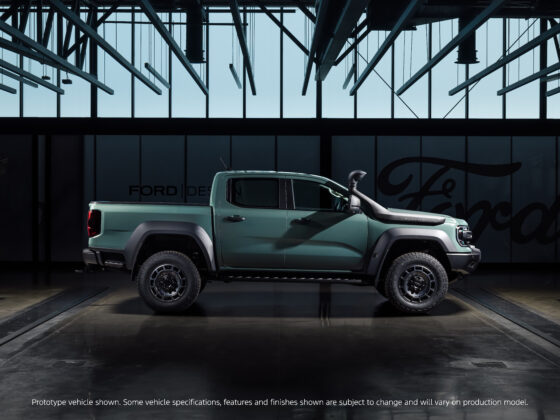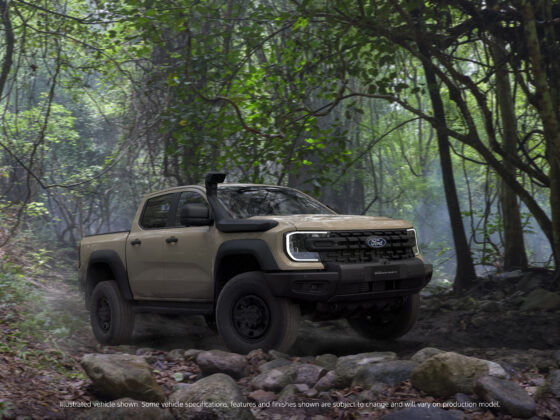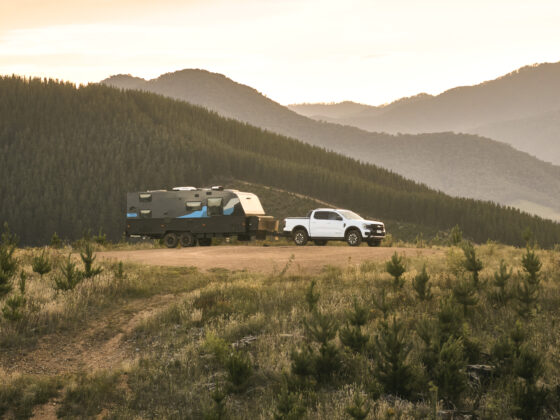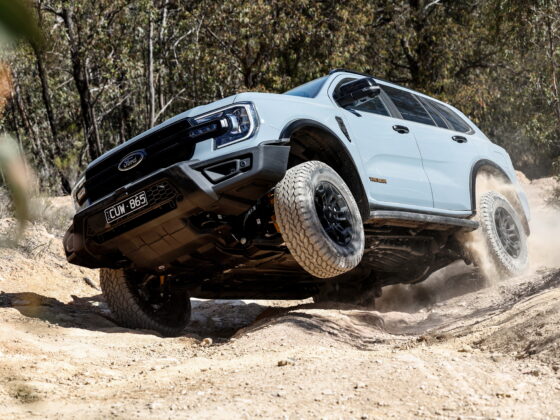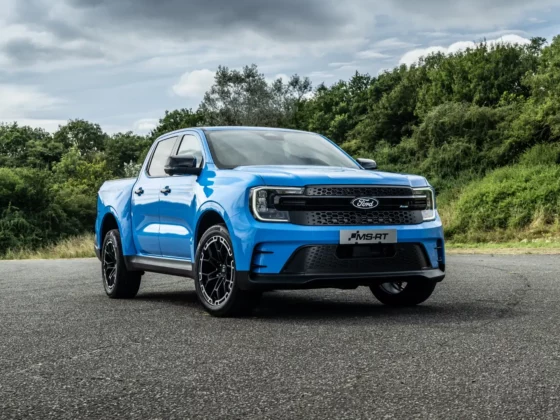If you’ve watched the latest episodes and have been following along on social media, you’ll know that 2023 marks the 15th anniversary season of Pat Callinan’s 4×4 Adventures. And what better way to celebrate than with not one, but two epic builds?
In episodes 1 and 2 of this season, Pat gave us a rundown of what went into both the Ford Ranger outback tourer build and the Ford Everest beach build. Today, we’re going to shine a spotlight on how Pat’s Next-Gen Ford Everest was turned into a fully certified beach touring machine.
Let’s start with the Ford itself
In 4WD terms, Ford really threw the kitchen sink at the Next Gen Everest Sport with a vehicle that’s packed with features right from the factory floor. For starters, it’s running a 3L V6, so it’s got two more cylinders than most of its competitors, and they’ve bumped up the towing capacity to 3.5 tonnes. They’ve even thrown in an Electronic Brake Controller as standard as well as a forward-facing camera with a jet spray to clean off the lens when you hit those muddy tracks.
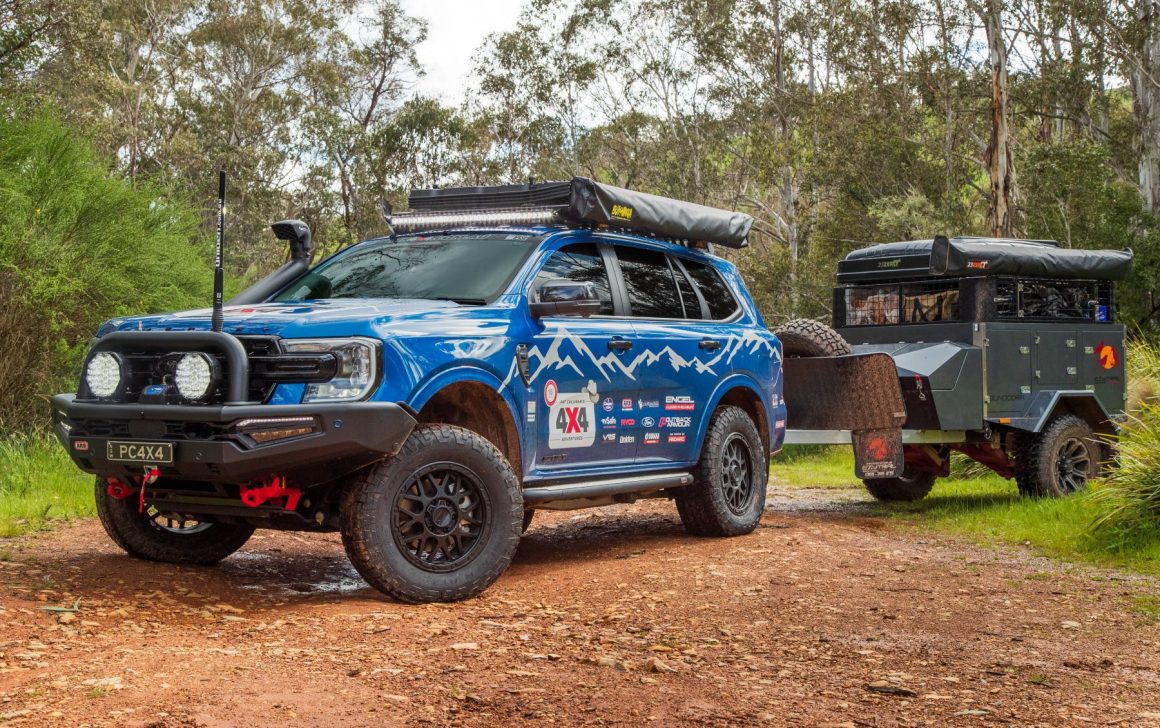
Designed and engineered right here in Melbourne, Chief Platform Engineer at Ford, Ian Foston describes the Ford Everest as the unsung hero of the range over the last few years. Customers asked for a more capable, powerful and ‘torque-y’ engine and Ford delivered with an Everest that produces 184kW of power and 600Nm of torque.
But wait, there’s more … under the bonnet
Although the Everest V6 is already no slouch when it comes to power, Steinbauer are renowned for finding ‘extra’ under the bonnet. Gavin Bradford from Steinbauer Diesel Care and his team worked their magic, explaining that by installing a performance module they can usually get on average a good 20% increase in power. They managed to increase torque to a whopping 819nM on the Everest beach build giving it incredible pulling power.
Ford’s partnership with ARB
The Everest has a number of ARB products, with the most obvious being the bull bar, that went into this beach touring build.
But why ARB? Well, Ford needed a partner who really understood how people use their vehicles. Ford worked with ARB engineers on a whole range of accessories that you can buy from your dealer. Modifications were made at the design phase so that things like bull bars, side steps and under-vehicle protection are all easier to mount and are still backed by Ford’s warranty.

Filtration
Every 4WDer knows that filtration is key to longevity and as a result, Ryco worked their magic on the Next Gen Everest beach tourer with the works. What are the works you ask? Well, the works include a synthetic oil filter, an air filter, a primary filter on the fuel, a crankcase filter and more.
If you haven’t already, watch Episode 2 to see some of Ryco’s new products. One of interest includes a fuel/water sensor that will trigger much earlier than traditional float sensors and alert the user via an app on their phone. So if you get a bad batch of fuel, you’ll know straight away!
Suspension and tyres
Outback Armour brought the game by installing DSV shocks. Brian McMeikan, Operations Manager for Outback Armour explained they were ideal for control over the little bumps when you’re driving the tracks to the beach as well as the big ‘woooops’ once you hit the soft stuff. A 40mm lift was achieved with the springs and although they could have gone higher, they felt it would compromise on comfort.
Of course, the lift called for larger tyres. Pat went with Cooper AT3 XLTs which are super quiet on the road but hard-wearing. Given that he’s gotten 80,000 kilometres out of them in the past, it was a no-brainer for this beach build that doubles as a daily driver. A set of 33s were mounted to KMC alloy wheels for the Everest.
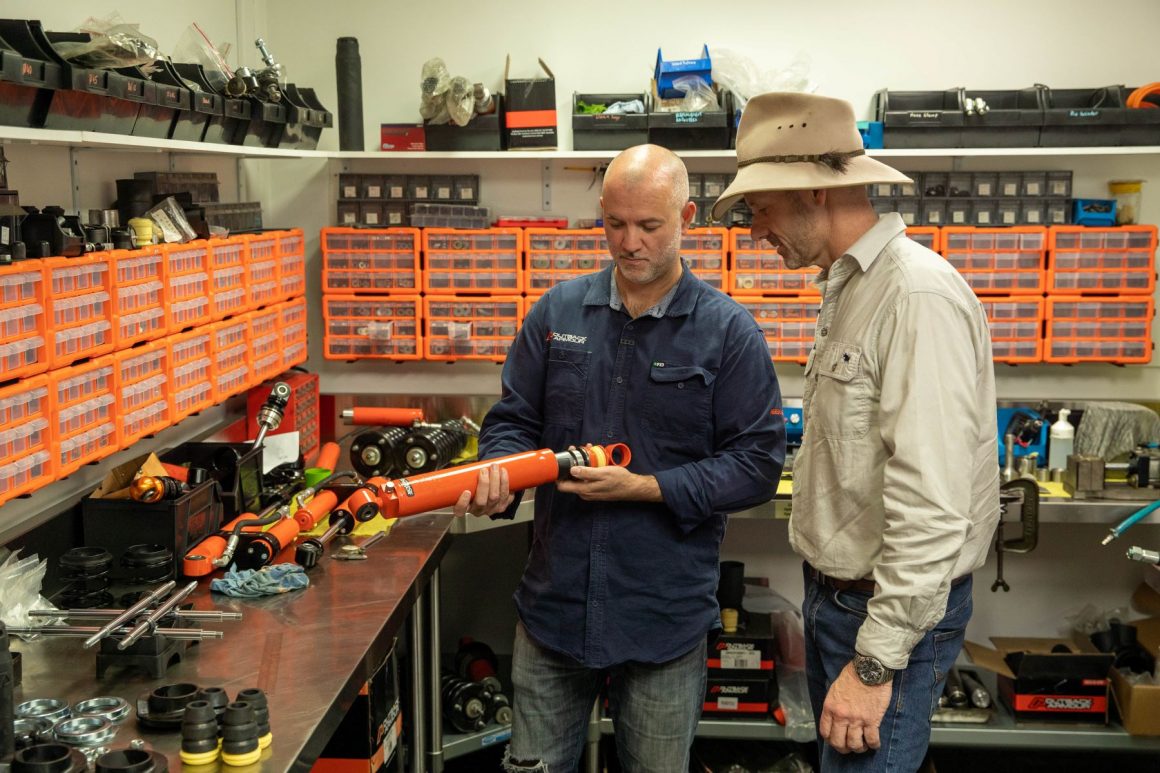
Long-range fuel tank
The long-range fuel tank was knocked up by Longranger, boosting fuel capacity by 56% to 125L capacity. Made from 2mm alumn as the base, the advantage of using this over a poly tank is the ability to easily drain it, flexibility with design and the use of baffles for both integral strength and to reduce fuel slosh.
Storage systems
ORS Offroad Systems came to the rescue with a set of custom drawers. Graham Jones of ORS explained that as an Australian manufacturer, they make all of their own drawers, fridge slides and water tanks but it’s not easy as there is a lot of cheap imported opposition. ORS focus on being better and well, you can tell by the results of the Everest beach build.
The Everest was kitted out with a low profile drawer for the Clearview Fridge Slide and Engel 60th Anniversary Limited Edition fridge. The drawer is the perfect size to fit Pat’s VRS recovery kit but a particularly practical feature is the stainless steel pull-out bench for food prep which still allows you to access the drawers. The liners are removable for easy cleaning should a sauce bottle explode in there.
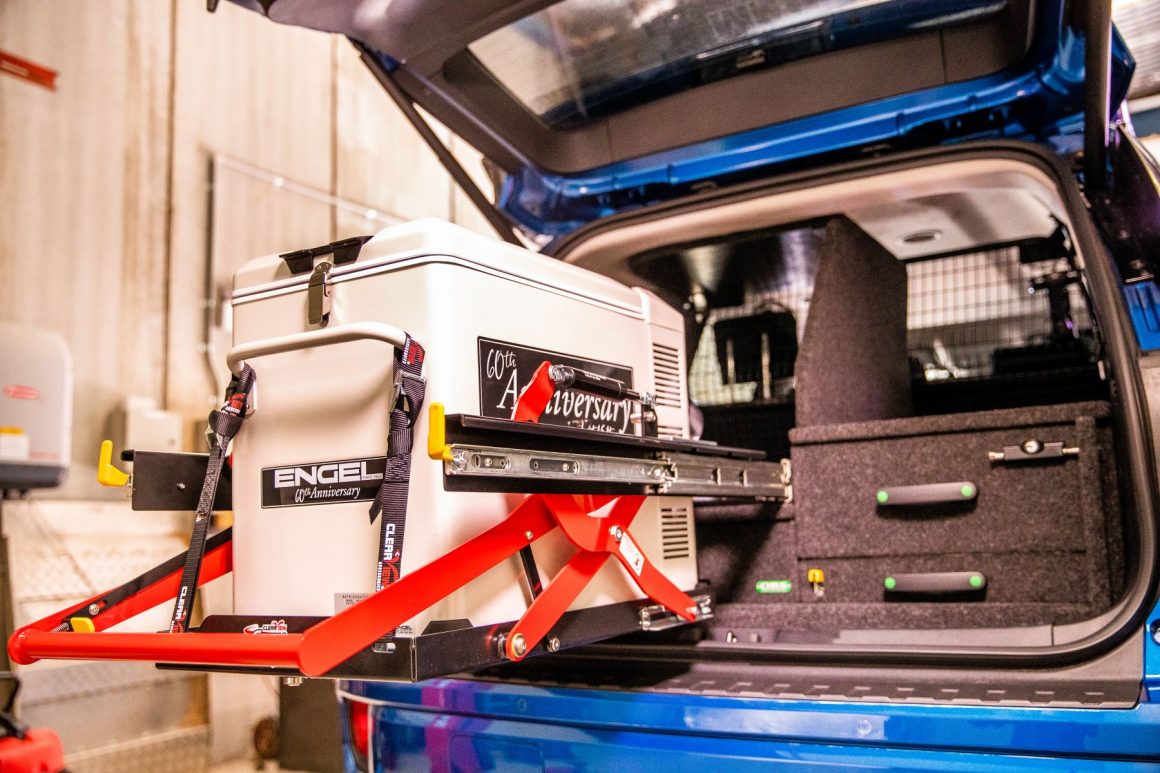
Power
The Everest beach built boasts a Redarc GoBlock, a portable power system with 100 amp hours of lithium grunt inside. It can be charged from mains, solar or your vehicle and has all the usual handy outputs for charging devices and running your fridge. A 300W solar blanket will be used to keep the fridge running.
Speaking of fridges ….
Fridge and slide
Engel really levelled up their portable fridges recently with the 60th Anniversary Limited Edition 40L fridge. This one has an app with a beer button that auto-dials the fridge to a cool 3 degrees, the perfect beer and wine chill. It also lets you know if the kids haven’t shut the fridge door so you don’t waste your precious 12V power and has a battery management system so you don’t run your battery down to unusable levels.
The one downside to a vehicle lift is that you often can’t access the fridge so easily, this problem was fixed with a Clearview Easy Slide that drops the Engel down to a usable height.
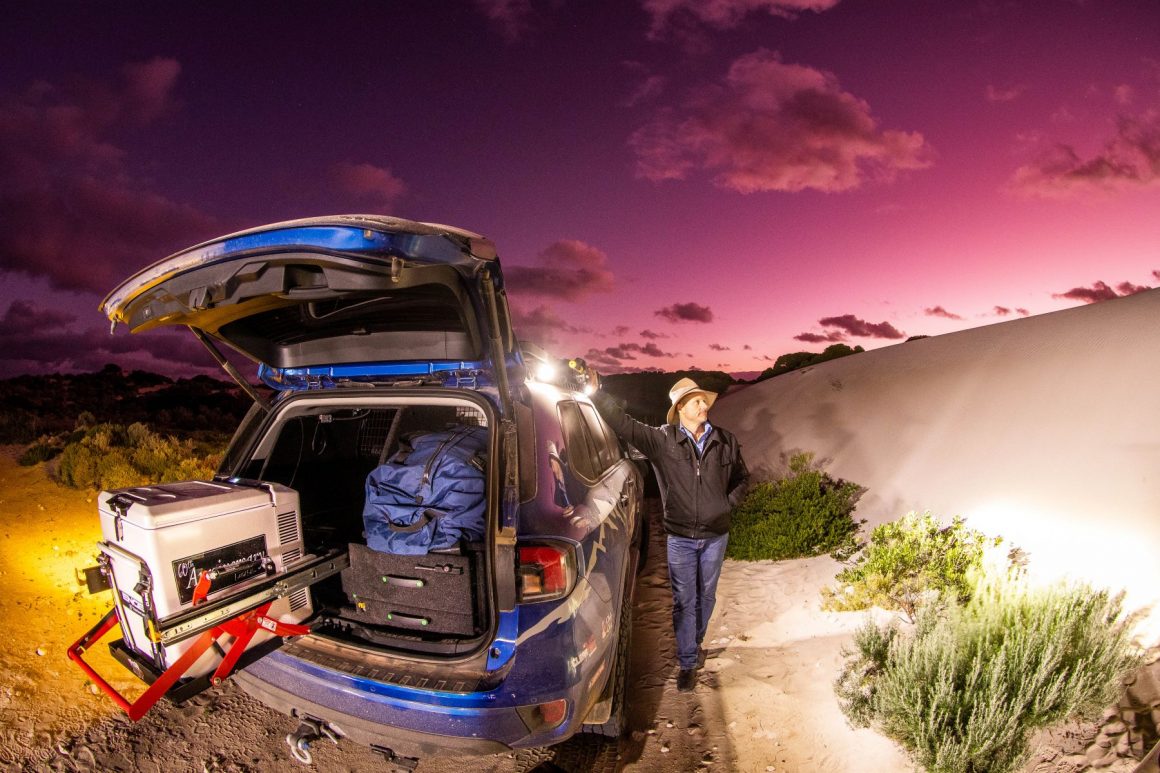
Hiding from the sun
Of course, it wouldn’t be much of a beach build if it didn’t have an awning to hide from the harsh Aussie sun. This is where Bushwakka came in with their 180-degree awning. This size was chosen over the larger 270-degree awning due to the tailgate on the Everest.
But the Bushwakka awning needed to be mounted on something.
Rhino-Rack
This is where Rhino-Rack came in with their award-winning Pioneer Platform mounted on their backbone system. Pat’s was the very first Next Gen Everest in the world to have this mounted and it allowed the awning to go on, as well as a set of Exitrax and a shovel. Both of these sand-driving necessities were mounted with Rhino Rack’s range of Stow-It mounting accessories.
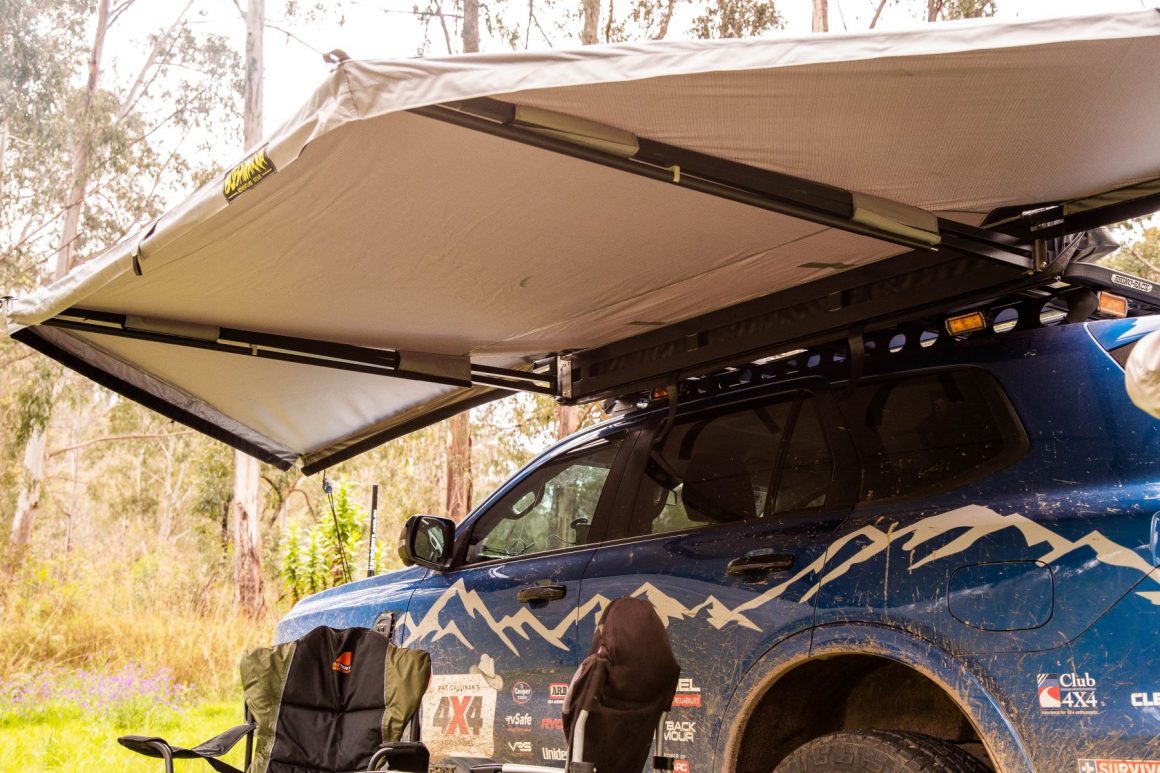
There’s more!
There’s plenty more that went into this fantastically capable Everest beach build including a VRS winch, Uniden 5-watt unit and aerial, Night Hawk adjustable driving lights, Aussie made four element seat covers from Black Duck, and throttle control by Ultimate 9. Make sure to check it all out in Episode 2.
All up, over $50K worth of mods were installed onto the Next Gen Everest for this beach build. Was it worth it? Absolutely!



